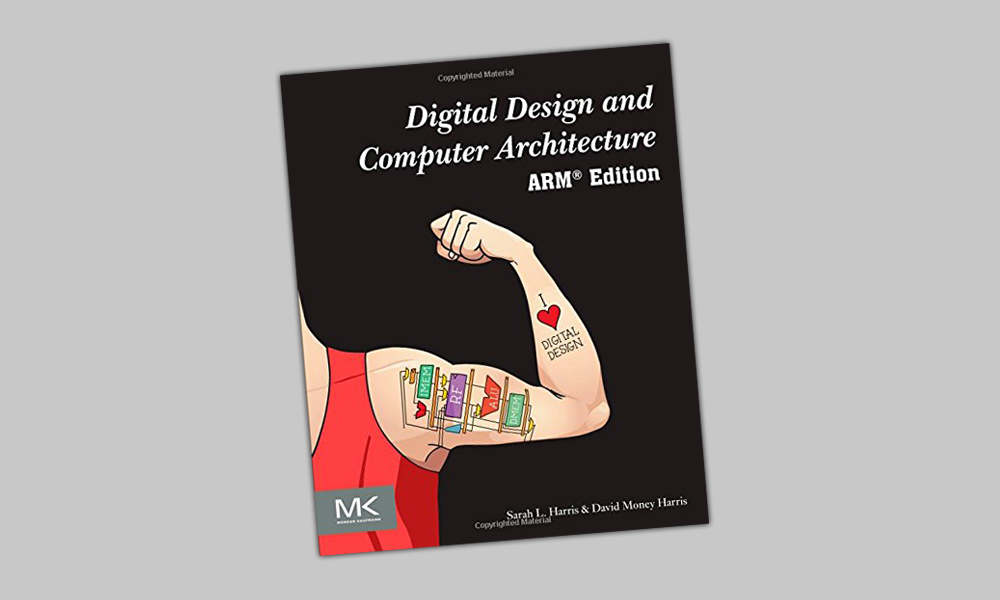Harris Updates Design Textbook for ARM Processing
June 18, 2015
Engineering Professor David Money Harris and former engineering Professor Sarah Harris have co-authored a new ARM Edition of their textbook, Digital Design and Computer Architecture (2012).
British software design company Advanced RISC Machines (ARM) developed the ARM processor, a family of central processing units based on the reduced instruction set computer (RISC) architecture. ARM processors require fewer transistors than conventional processors, reducing cost, heat and power usage—desirable traits for popular battery-powered devices like smartphones, laptops and tablets. ARM processors’ size, reduced complexity and lower power consumption make them a great fit for these devices.
Digital Design and Computer Architecture: ARM Edition, available in paperback and Kindle from Amazon, takes a hands-on approach to digital design that is geared specifically toward ARM processors. The text starts with 0 and 1, leads through combinational and sequential logic design and culminates with the design of an ARM microprocessor. The new edition will serve as the main text for two Harvey Mudd College engineering courses: Digital Design and Computer Architecture (E85) and Microprocessor Design (E155).
“Three quarters of the world’s population own products that utilize these microprocessors,” says Harris, Harvey S. Mudd Professor of Engineering Design and director of the Engineering Clinic Program. “ARM processor design is a great way to teach the fundamentals of computer architecture in a timely and modern context. This book allows readers to build their own, which gives them a clearer understanding of how ARM processors work and enhances their retention of key concepts.”
In addition, the text covers hardware description languages (HDLs) SystemVerilog and VHDL in order to illustrate how such languages can be used in the design of digital systems. It also features a companion website with a chapter on I/O systems, as well as appendices covering practical digital design issues and C programming, links to CAD tools, lecture slides, laboratory projects and solutions to exercises.
Harris is the author of three other textbooks on chip design, as well as several hiking guidebooks on the Southern California wilderness. He holds a dozen patents, has written numerous papers and has designed chips at Sun Microsystems, Intel, Hewlett-Packard and Evans & Sutherland.
